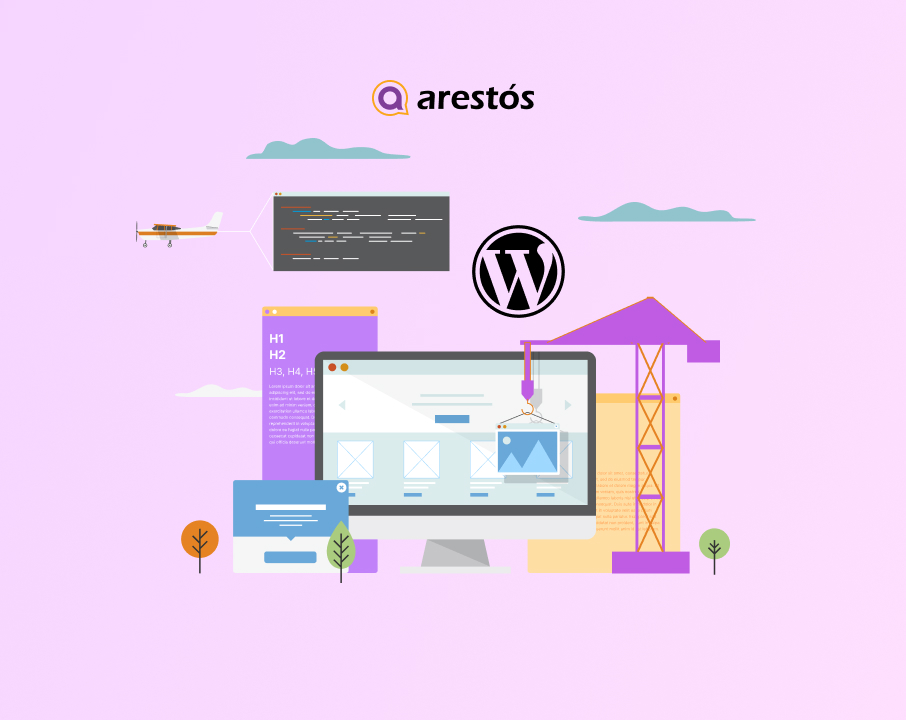The Future of Headless Web Development: Trends and Innovations
In the rapidly evolving digital era, web development approaches have undergone significant transformations. One such approach that has gained traction is headless web development. Headless web development separates the front-end and back-end components, providing greater flexibility and scalability.
In the rapidly evolving digital era, web development approaches have undergone significant transformations. One such approach that has gained traction is headless web development. Headless web development separates the front-end and back-end components, providing greater flexibility and scalability. In this blog post, we will explore the trends and innovations shaping the future of headless web development, considering its advantages, limitations, and the impact of emerging technologies.
Current State of Headless Web Development:
Traditionally, web development followed a monolithic approach, where the front-end and back-end were tightly coupled. However, headless web development introduces a decoupled architecture, allowing for independent development and deployment of the front-end and back-end. This separation enables businesses to create unique user experiences across multiple platforms and devices without compromising performance.
While headless web development offers numerous benefits, it also presents some limitations. One of the challenges is the increased complexity for developers due to the need for API integration and management. Additionally, optimizing SEO and maintaining a consistent user experience across different touchpoints require careful consideration.
Trends in Headless Web Development:
Rise of API-first approach: APIs (Application Programming Interfaces) play a crucial role in headless web development. The API-first approach prioritizes designing and building robust APIs, serving as the foundation for both front-end and back-end development. This trend emphasizes the importance of well-documented and easily consumable APIs.
Microservices architecture for enhanced scalability: aligns well with a microservices architecture, where applications are built as a collection of small, independent services. This approach enables businesses to scale specific components of their web applications without affecting the entire system, enhancing flexibility and performance.
Progressive Web Applications (PWAs) for improved user experience: PWAs combine the best of web and native applications, providing an immersive user experience. In headless website development, PWAs can be built using front-end frameworks like React or Angular, consuming APIs to fetch data and deliver a fast, reliable, and engaging user experience across devices.
Serverless computing and its impact on headless development: Serverless computing, also known as Function as a Service (FaaS), allows developers to focus on writing code without managing infrastructure. By leveraging serverless platforms like AWS Lambda or Google Cloud Functions, businesses can build scalable and cost-efficient headless web applications, paying only for the actual usage.
Innovations in Headless Web Development:
Headless Content Management Systems (CMS): Headless CMS decouples content creation and management from the presentation layer, providing flexibility and agility. Content can be created and managed independently, while APIs deliver the content to different front-end applications. Popular headless CMS platforms include Contentful, Prismic, and Strapi, offering customizable solutions tailored to various business needs.
Integration of Artificial Intelligence (AI) and Machine Learning (ML): AI and ML technologies are transforming headless web development. AI-driven personalization and recommendation engines analyze user behavior and preferences, delivering personalized content and improving user engagement. ML-powered content optimization and automation streamline content creation and delivery processes, enhancing efficiency and relevance.
Voice-activated Interfaces and Internet of Things (IoT) integration: Voice assistants and conversational interfaces are becoming increasingly popular in headless web development. Integrating voice-activated interfaces enables users to interact with web applications using natural language. Furthermore, IoT integration allows seamless interactions across devices, providing a unified experience for users interacting with web applications through various IoT-enabled devices.
Challenges and Considerations:
While headless web development offers numerous benefits, it also presents challenges that businesses need to address:
Learning curve and developer expertise: Headless web development requires a solid understanding of APIs and front-end frameworks. Businesses must invest in training and upskilling their development teams to ensure successful implementation.
Security considerations in headless architecture: With multiple APIs and services interacting, security becomes critical. Implementing authentication mechanisms, data encryption, and secure API management are essential for protecting sensitive data.
SEO implications and strategies: it can impact SEO if not optimized correctly. Implementing server-side rendering or using techniques like dynamic rendering can help ensure that search engines can crawl and index the content effectively.
Performance optimization in distributed systems: Headless web design involves the collaboration of multiple services and components. Optimizing performance by reducing latency and optimizing API calls is critical for providing a consistent user experience.
The Future of Headless Web Development:
The future of headless web development looks promising, with several trends and innovations shaping its trajectory. The adoption of headless architecture is expected to increase as businesses seek greater flexibility and scalability. As API technologies evolve, we can anticipate the emergence of standardized protocols and frameworks that simplify integration and management. Additionally, the convergence of headless and traditional approaches might offer hybrid solutions that combine the benefits of both paradigms. Furthermore, emerging technologies such as Virtual Reality (VR) and Augmented Reality (AR) are likely to influence headless website development, enablingcompanies to create immersive and interactive website experiences.
Conclusion:
Headless web development represents the future of web development, offering flexibility, scalability, and the ability to deliver unique user experiences across multiple platforms. The landscape is being shaped by trends and innovations in headless web design, including the rise of API-first approaches, microservices architecture, PWAs, and serverless computing. Innovations like headless CMS, AI and ML integration, voice-activated interfaces, and IoT integration further enhance the capabilities of headless website development. However, businesses must also address challenges related to learning curve, security, SEO, and performance optimization. By staying updated with the evolving landscape and embracing the opportunities presented by headless website development, businesses can stay ahead in the digital realm and deliver exceptional websie experiences to their users.
Contact Arestós for help designing the perfect website for your business



